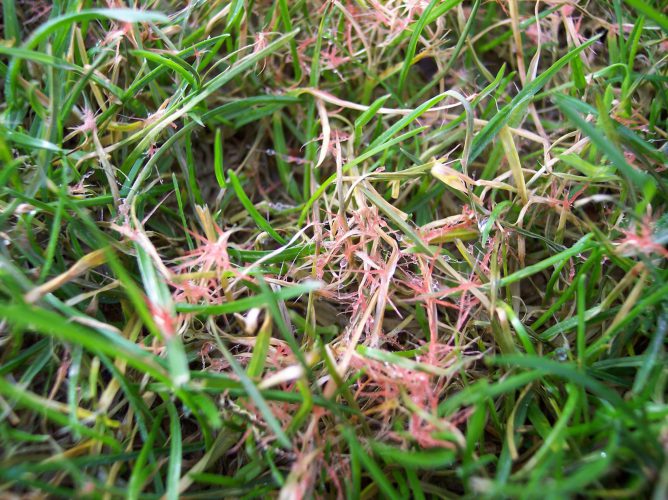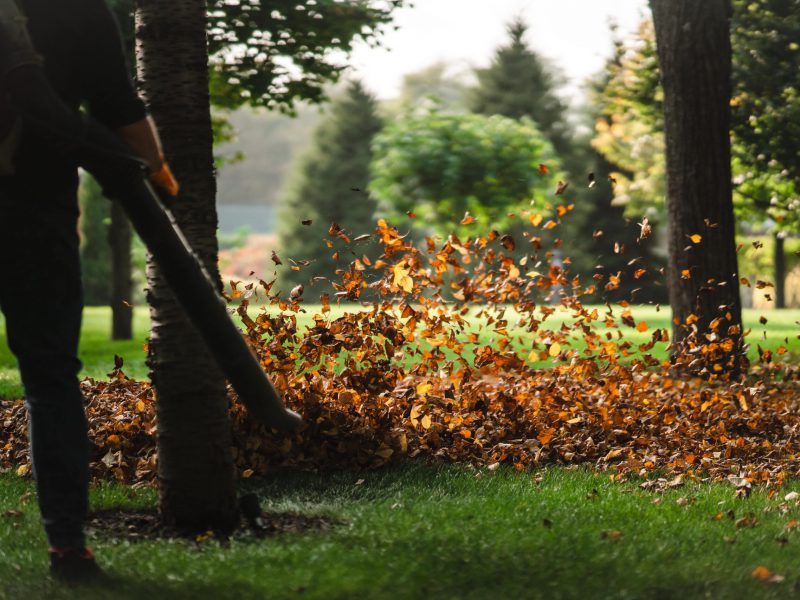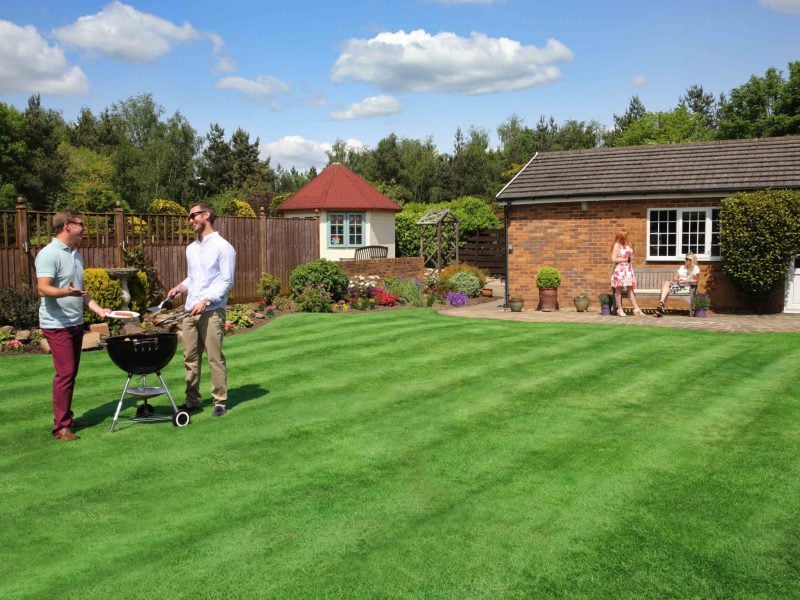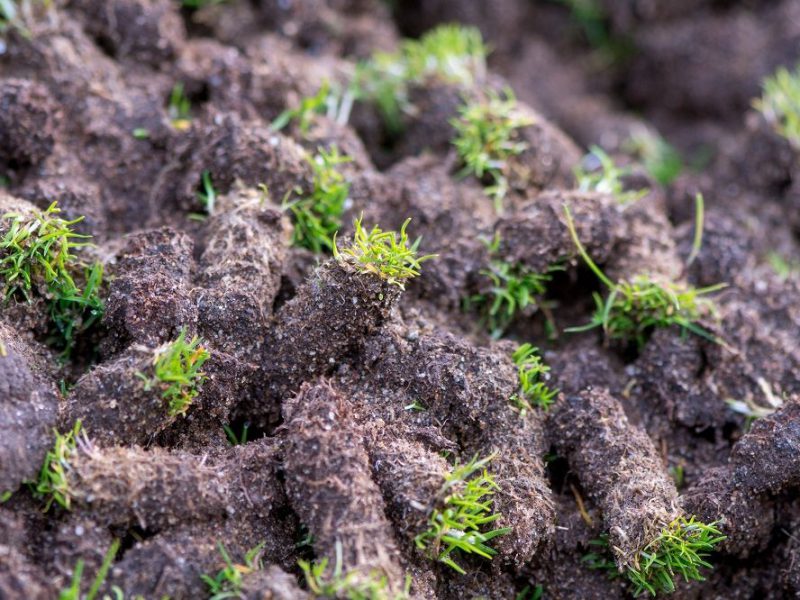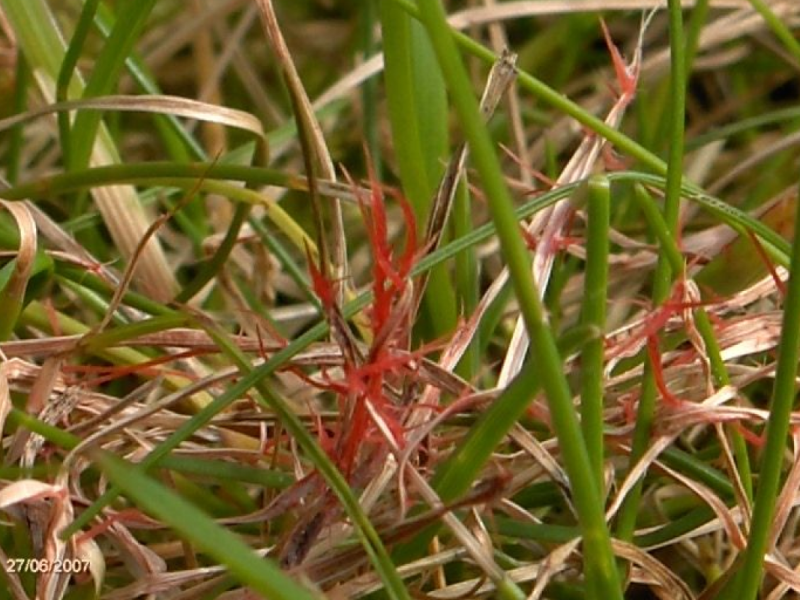As the long and gloomy winter months start to change, spring begins to approach and the once long and dark nights become shorter. You can expect to see the first buds of colour in your garden around this time and the lawn awaking from its cover of frost, which is why it is essential to give your lawn that much-needed support in the run-up to summer.
It is for this reason that your lawn care expert will now embark on a spring application of our own professionally developed high-nitrogen granular lawn feed. This specialist treatment supplies nutrients to lift the lawn out of winter, encouraging growth and enriching the appearance of your lawn. Alongside this specialist spring treatment, Greensleeves recommends scarification and hollow tine aeration to support your lawn by boosting its structure.
Scarification
Scarifying is a method best described as a mechanical raking of the lawn. The scarification process thins out and removes surplus thatch and moss that has developed within the lawn. Removing much of the thatch and moss that has developed is vital as the grass needs space to grow. Extreme layers of thatch can limit the movement of water, air, fertiliser and other nutrients the grass relies on. Springtime scarifying is ideal as this is carried out when the grass is actively growing which allows the lawn time to recover from this thorough and invasive process. Different grass types produce more thatch than others and therefore need scarifying more often. If a lawn has a large amount of thatch and/or moss it may need several treatments to reduce the level. Greensleeves advises that most lawns should be scarified at least once a year.
Aeration
Aeration is a process in which small plugs are taken from the lawn. This method eases compaction and sub-surface thatch that has accumulated in the lawn, allowing water, air, fertiliser and nutrients to penetrate the root zone. Gradually the soil becomes compressed, squeezing together the particles and preventing the grass’s ability to grow. Compaction of particles can cause a variety of problems and will increase the risk of the lawn becoming waterlogged or invaded by weeds or moss. Every lawn is diverse so it is challenging to estimate how often to aerate a lawn. However, a lawn cannot be over-aerated providing it is not damaged, in fact, the more often the better. Greensleeves advises that most lawns should be aerated every year.
Below are some handy tips that you can do yourself to give your lawn the helping hand it needs
- A light raking will remove dead leaves that can cause thatch.
- Check your mower is in good health; remove old grass clippings and ensure blades are sharp.
- Do not severely cut the lawn; just take the ‘top’ off.
- For a tidy finish, use blades or strimmers around the edges.
- If your lawn has not yet been scarified and the thatch has elevated then contact your local lawn care expert who can help to resolve this issue.

